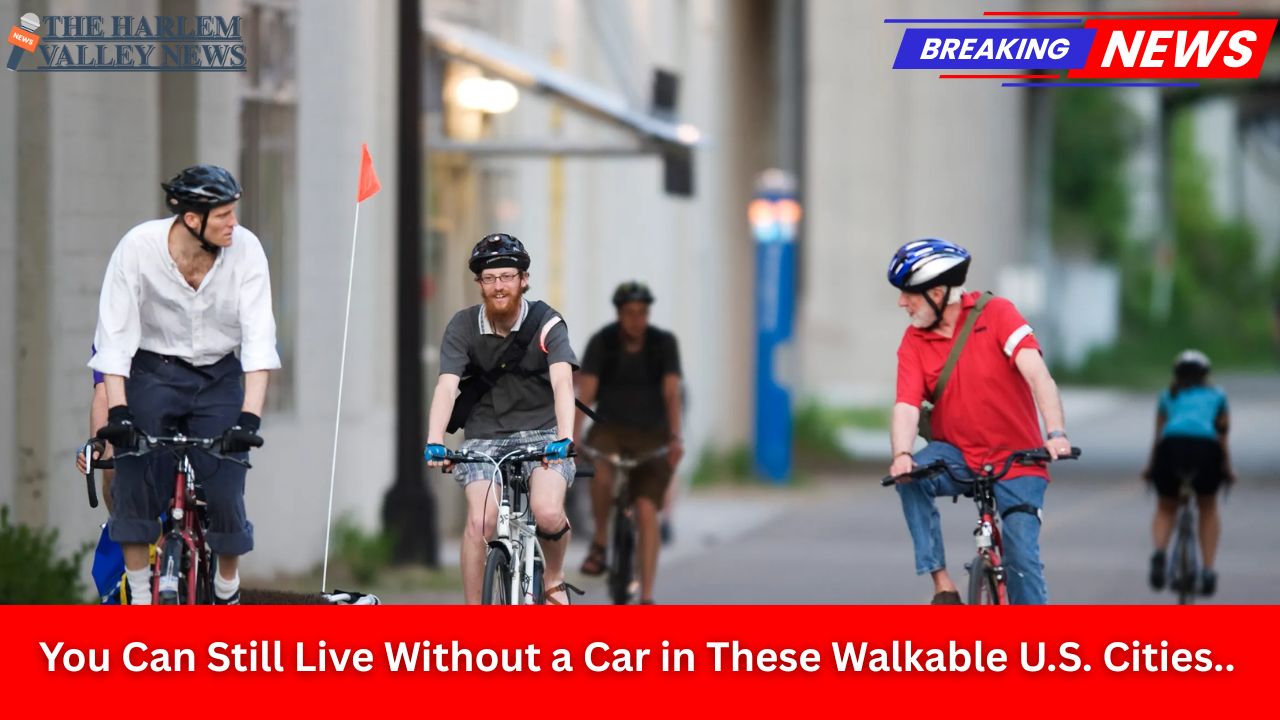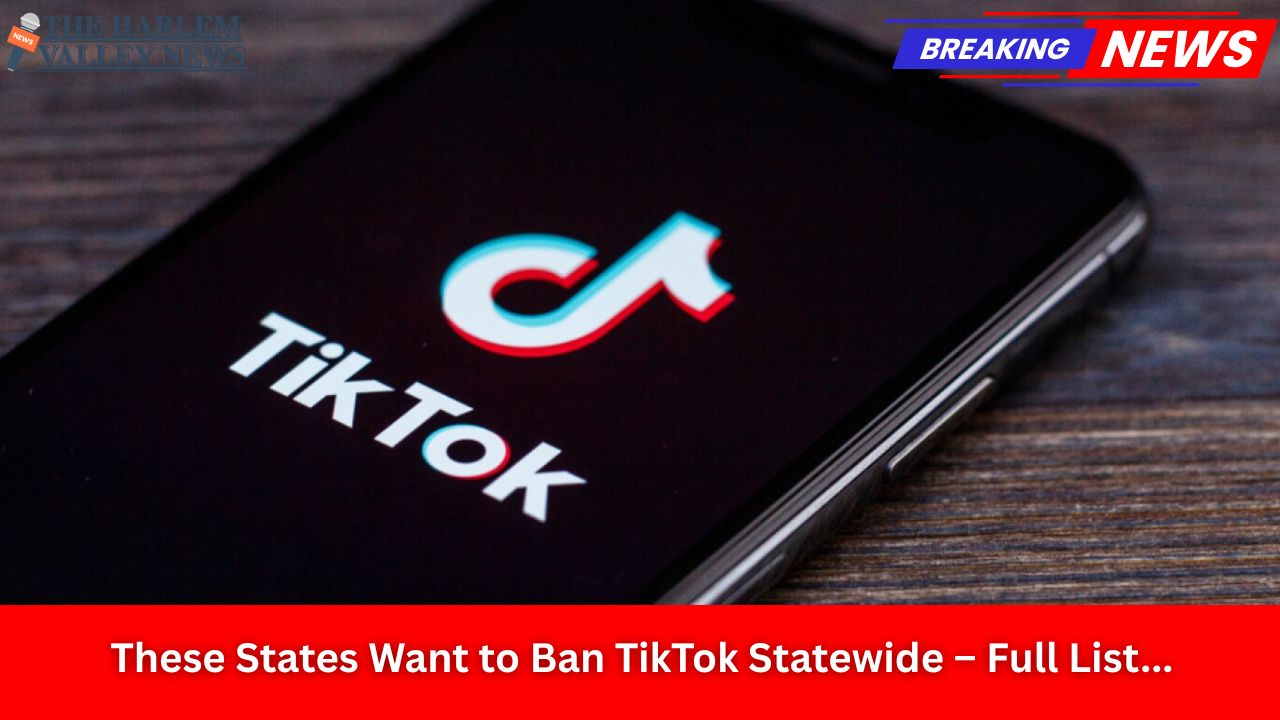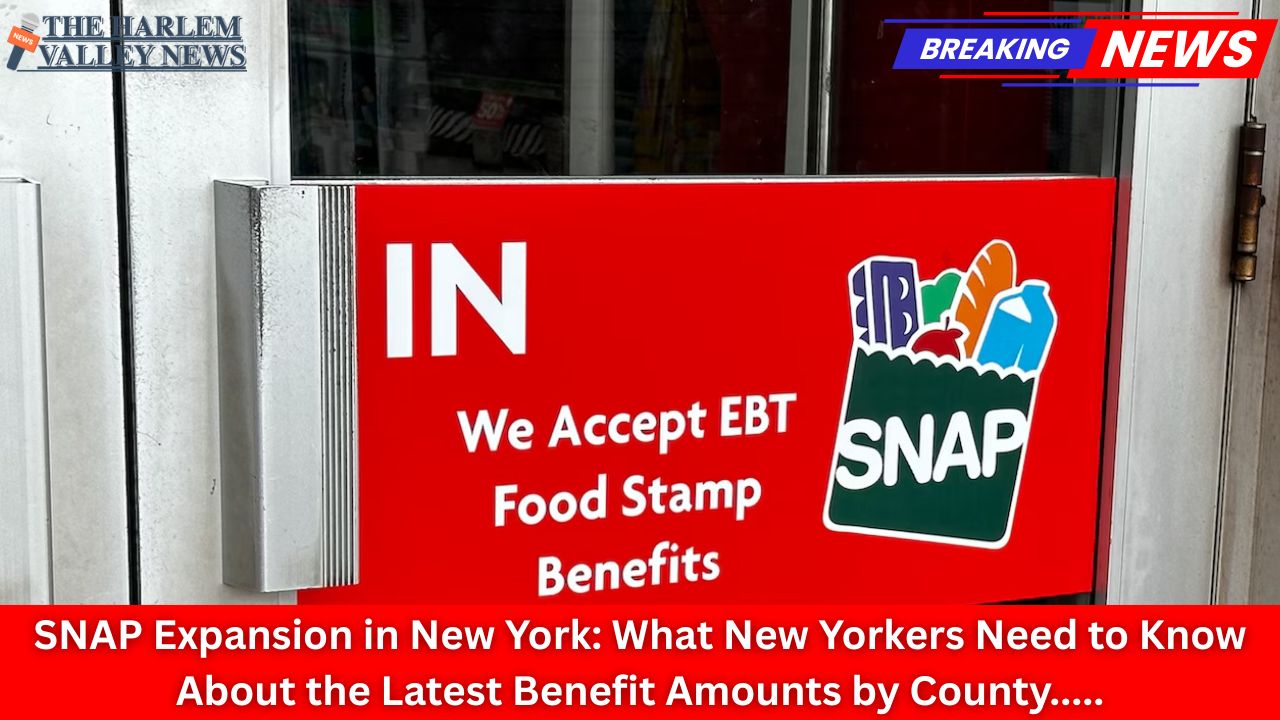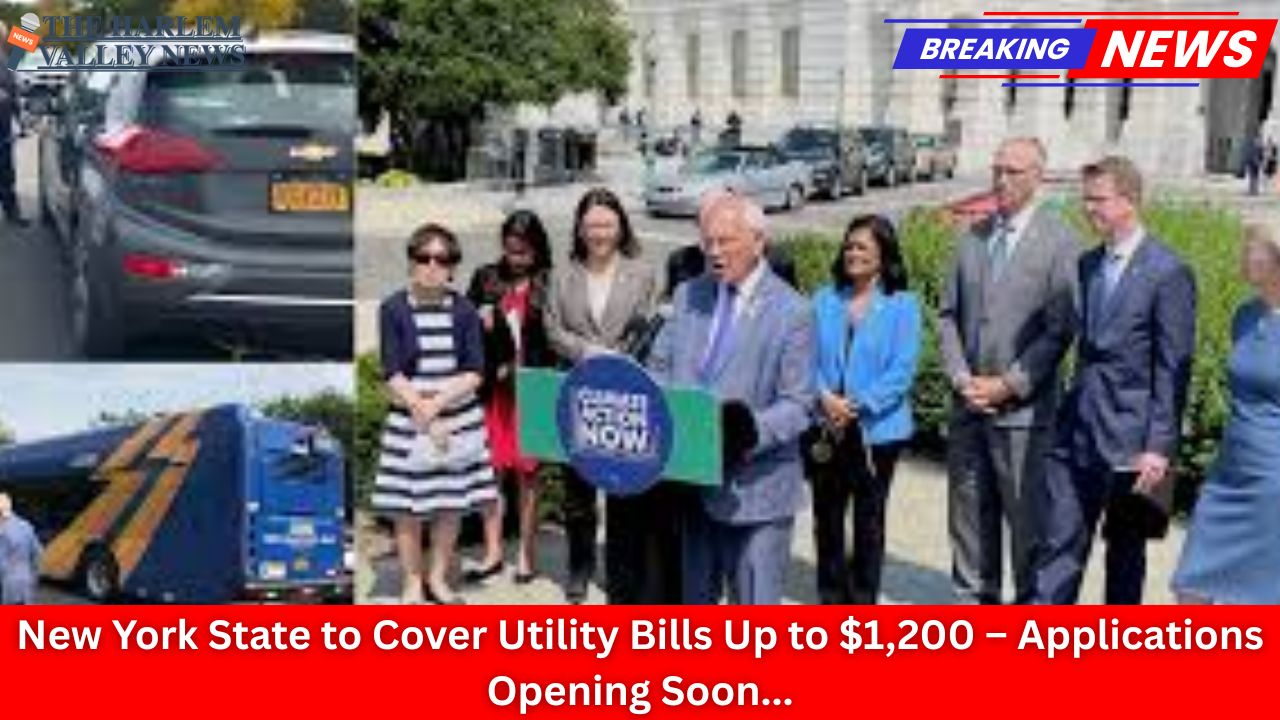Minneapolis, US: In recent years, the city of Minneapolis took a bold step to ban the construction of new fast food drive-through windows, joining a growing wave of municipalities aiming to curb quick-service chain expansion. The motives behind this move were primarily to reduce environmental emissions, enhance pedestrian safety, and promote healthier food environments, but the outcomes have been multifaceted and thought-provoking.
The ordinance fits within the city’s broader 2040 plan, which targets an 80% reduction in greenhouse gas emissions by 2050. By restricting new drive-through lanes, officials aimed to reduce traffic-related pollution and decrease litter often associated with fast food consumption. Additionally, there was an expectation that limiting drive-through services could indirectly address public health concerns such as obesity, which is prevalent in many urban areas.
Similar legislation has been enacted in various U.S. cities including Creve Coeur, Missouri; Long Beach, California; and Fair Haven, New Jersey. These bans do not eliminate fast food entirely but focus on reshaping how it is accessed. Existing drive-throughs are often grandfathered in, and customers can still dine inside or order delivery through apps, leading to a shift in consumption patterns rather than outright elimination.
However, the impact on obesity rates and public health has been mixed. Research following South Los Angeles’s ban of new stand-alone fast food outlets and drive-throughs revealed that obesity rates continued to rise, challenging assumptions that such bans alone significantly curb unhealthy eating or weight gain. Public health experts caution that these local ordinances, while well-intentioned, are insufficient on their own to reverse complex health issues rooted in diet and lifestyle.
Economically, some concerns have arisen over how bans affect employment and business opportunities. Drive-through windows often support late-night operations and jobs that rely on convenience customer flows. Restrictions may limit these opportunities and alter local business dynamics. Conversely, proponents argue that reduced fast food saturation can preserve neighborhood character and encourage more diverse dining options.
Urban planners also emphasize that these policies promote walkability and reduce car dependency, key elements in sustainable city development. By prioritizing pedestrian-friendly environments, cities hope to discourage the drive-thru convenience culture and encourage healthier, more community-oriented food choices.
In summary, Minneapolis’s ban on new fast food drive-through windows represents an experimental approach to tackling environmental, health, and urban planning challenges associated with fast food chains. While it has not dramatically shifted obesity trends, it has generated broader discussions about sustainable city development, consumer behavior, and the true drivers of public health in the context of urban food environments. Cities looking to replicate the policy are advised to consider comprehensive strategies that address industry practices, consumer education, and broader social determinants of health to achieve meaningful change.
















Leave a Reply